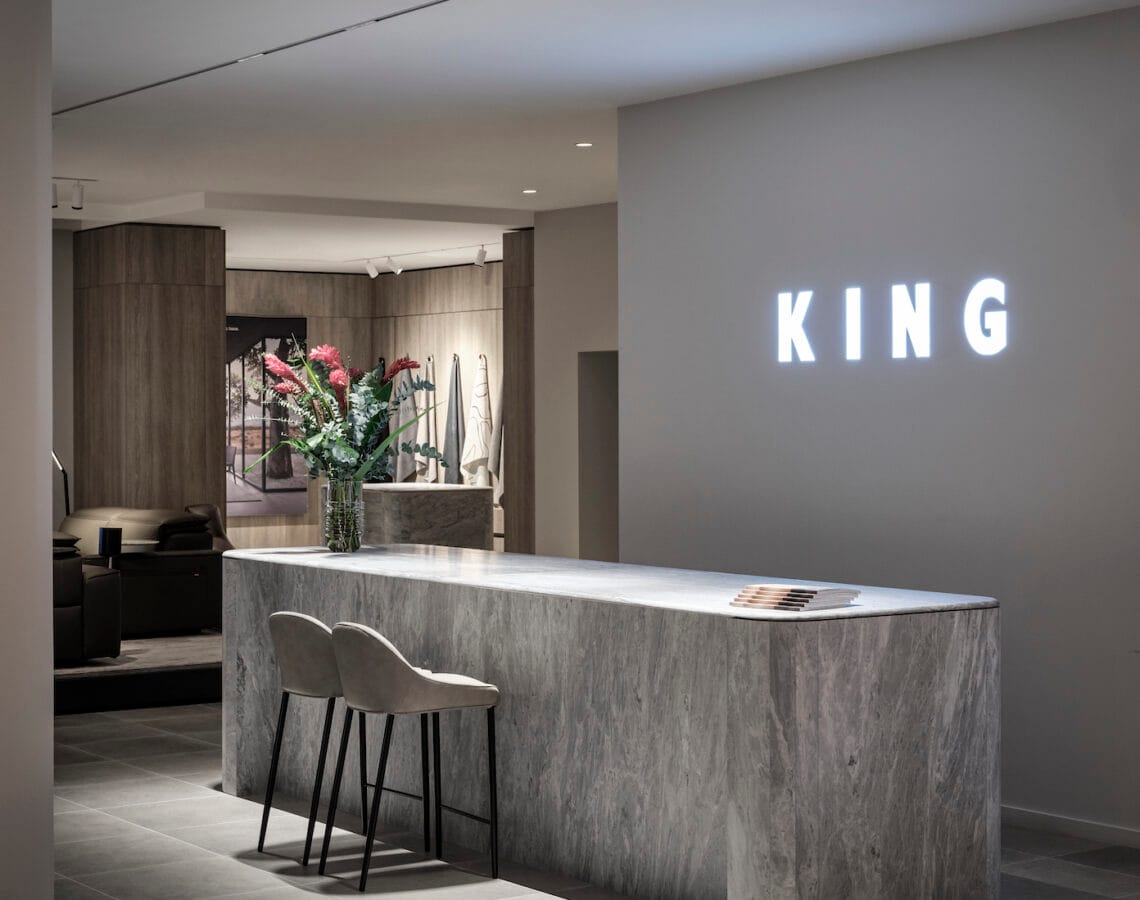Design a Retail Store that lasts

Why longevity in store design is better for business—and for the planet.
Following our recent blog on best practices in sustainable retail design and environmentally conscious fit-outs (here), we wanted to dig deeper into a topic that sits at the heart of how we design at Barber: longevity.
Fast fashion may still thrive on throwaway culture, but younger generations, particularly Gen Z and Gen Alpha, are rewriting the rulebook. For them, buying better and buying less is a badge of honour. And the same shift is happening in retail interiors: transient, overworked shop fits are being replaced by purposeful, permanent design decisions that stand the test of time.
At Barber, we believe that great store design is not just about aesthetics or trends—it’s about endurance. It’s about creating environments that remain relevant, beautiful, and functional across seasons, and even store ownership.
Start with the site
When we first engage with retailers, we take a holistic view—not just of what’s possible, but what’s practical and already in place. That starts with the unit’s history and longevity in the location. We also work to a clearly defined budget, often measured in cost per square foot (or metre), and we advocate allocating budget where it counts—for both environmental and financial ROI.
A comprehensive site audit is always our first step. It covers:
- Site measure
- Façade assessment
- Windows and doors
- Flooring and ceiling infrastructure
- Lighting systems
- Mechanical and electrical capacity
- Retail fixtures and fittings
- Internal walls and staircases
- Back of house: stockrooms and staff areas
These areas help us identify what can be kept, what can be upgraded, and what should be invested in for the long haul.
Let’s take it from the top: ceilings
The ongoing trend of exposed ceilings—sprayed out in black or white—continues to make both visual and commercial sense. Without a false ceiling or bulkhead, you get a greater sense of height, space and openness, and it’s more sustainable by nature.
Marks & Spencer are a case in point. Their newest store formats feel instantly more modern and less cluttered thanks to this approach. Their bright green signage pops against the dark backdrop, and the customer’s attention is naturally drawn to the products—not the ceiling.

Exposed walls, done right
Exposed finishes can offer real character and long-term savings. All Saints have long embraced exposed brickwork—suiting their industrial aesthetic and minimising the need for unnecessary surface treatments. When a unit is handed back, much of the original fabric remains intact, ready for future re-use.
That said, going raw comes with its challenges. Once a plastered wall is stripped or fixtures are removed, bricks often require significant remedial work, sometimes more than just re-plastering. The key is to weigh-up the investment: is it timeless, or just trendy?

The case against concrete
Concrete is often seen as a sleek, contemporary choice—but in practice, it can feel cold, wear unevenly, and doesn’t always age gracefully. In contrast, natural timber flooring provides warmth, comfort underfoot, and a far longer lifespan. Better still, reclaimed wood—from old gymnasiums or schools, for example—brings story, sustainability, and resilience.
As Barber’s Founder Doug Barber puts it:
“Flooring, if using marble or terrazzo, will last generations, not just decades. If a retail brand is serious about its environmental credentials, the most sustainable option is often the most durable. There’s a reason the oldest buildings in the world still have stone and wood underfoot – they’re materials that age beautifully.”
In recent projects for Jigsaw, Barber specified wood flooring and sourced furniture from the brand’s own warehouse archive. By repurposing heritage pieces, Jigsaw added character and sustainability in equal measure.
Benefits of a furniture archive:
- Every store environment is one-of-a-kind
- The brand story is told through tangible, tactile elements
- Customers feel at home—an armchair goes a long way in inviting someone to dwell
Lighting: not just about ambience
Lighting is one of the most underestimated tools in long-term retail design. It should be layered—ambient, task, accent and decorative lighting all play a role. And while some lighting elements can be salvaged or repurposed, energy-efficient systems and smart lighting controls are an area we’d always recommend investing in new.
One strong example is [insert lighting example/store here]—where reclaimed feature lighting was complemented by LED grid systems that drastically reduced energy consumption without compromising visual impact.
Longevity is more than just materials
Designing for longevity means future-proofing not only the physical elements but also the brand’s story. A shop should evolve, not expire. That means building in flexibility where needed, and investing in craftsmanship and materials where it counts.
Another example from our project files is the marble desk we designed for King Living on Tottenham Court Road, London. This marble sculpture as well as having many practical elements, is also a mark of strength, in construction and materials, telling the customer subtly that their products also have strong construction and lasting materials.

At Barber, we design spaces that outlast trends. From show-stopping international flagships to duty-free zones and high-street independents, we create environments that champion people, planet, and product in equal measure. Get in touch to find out more.
